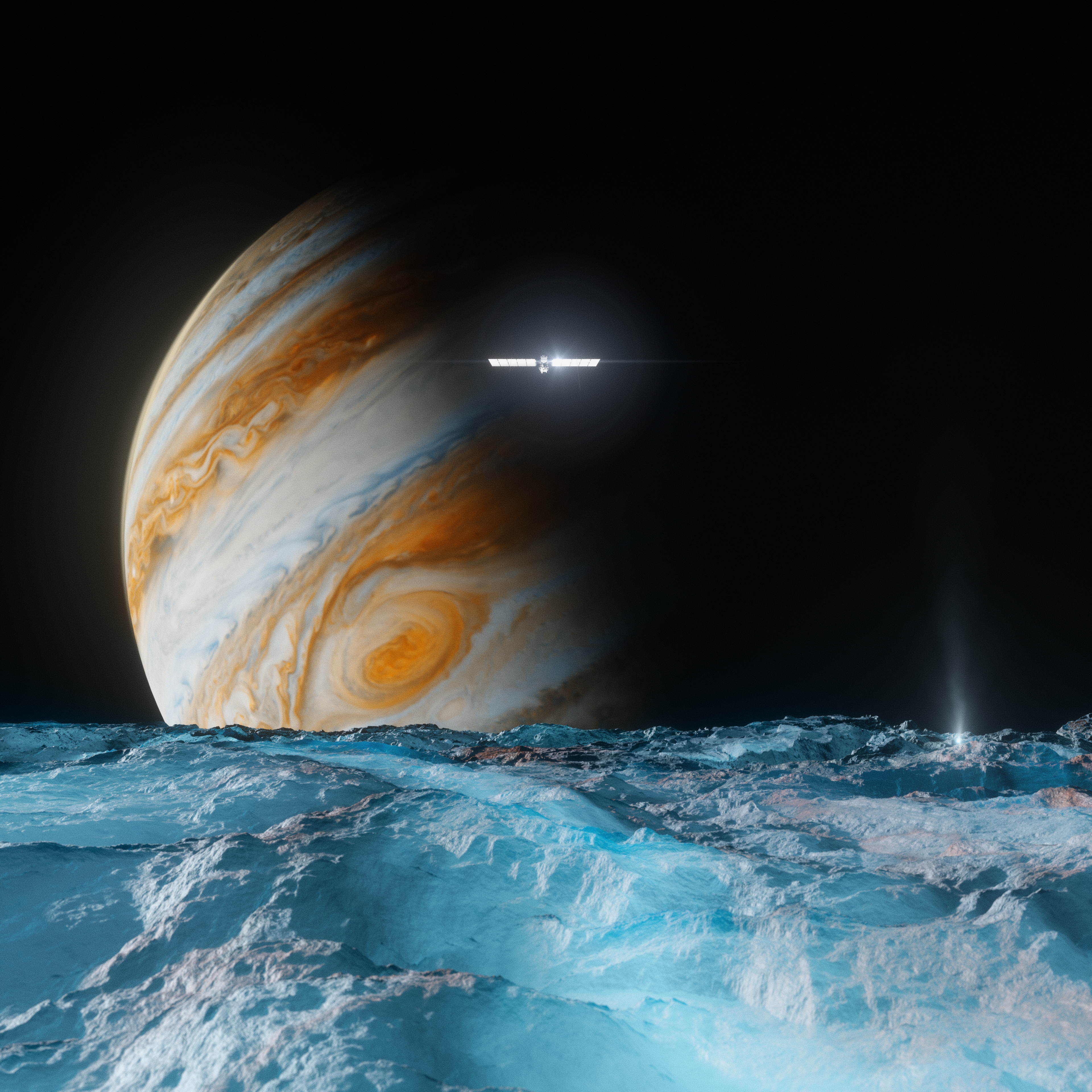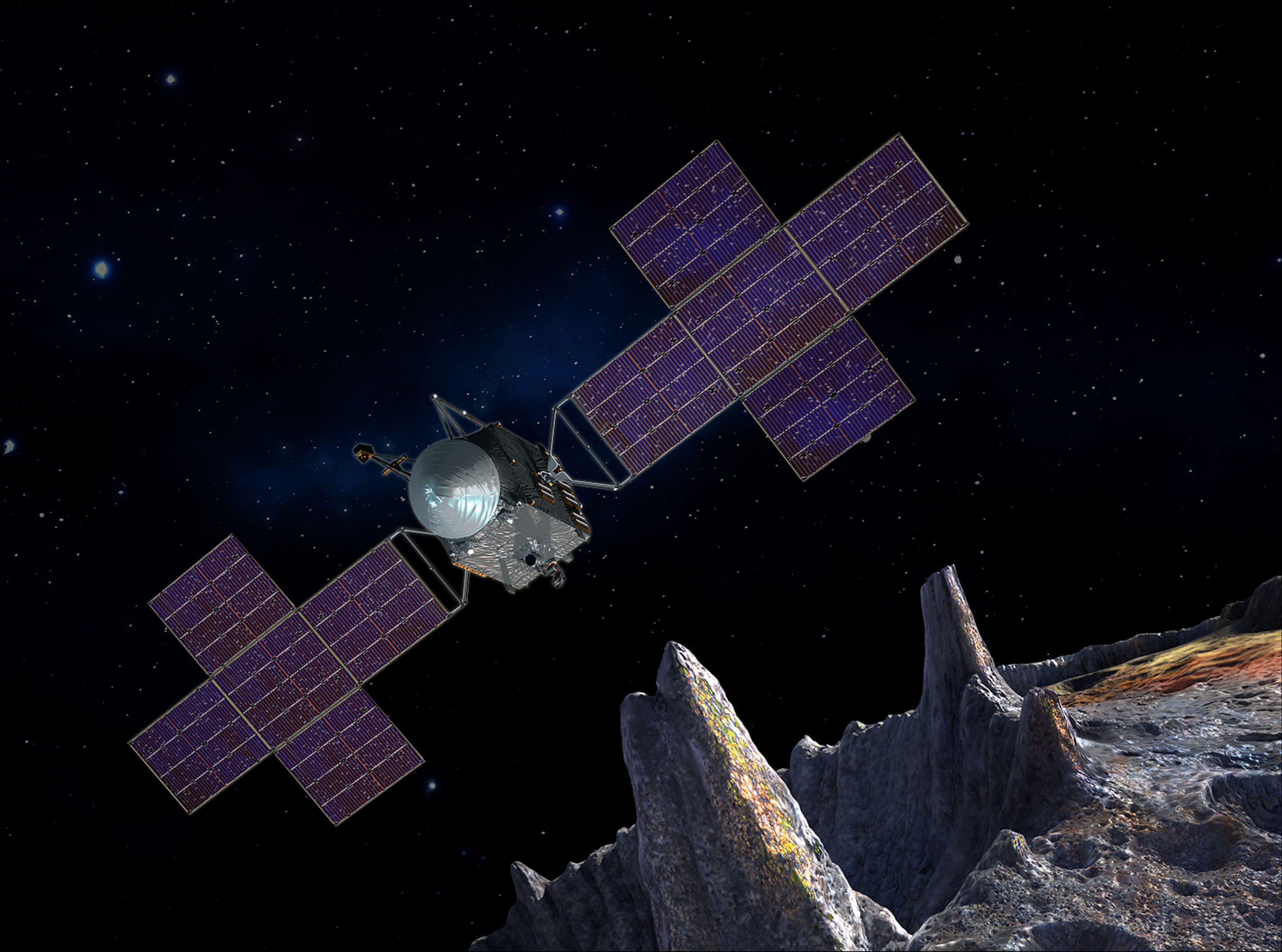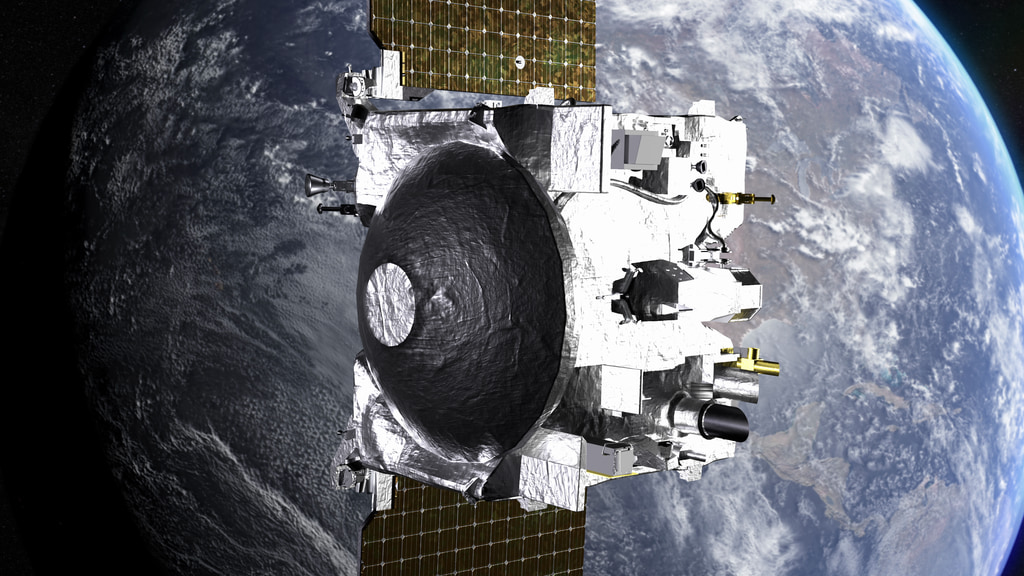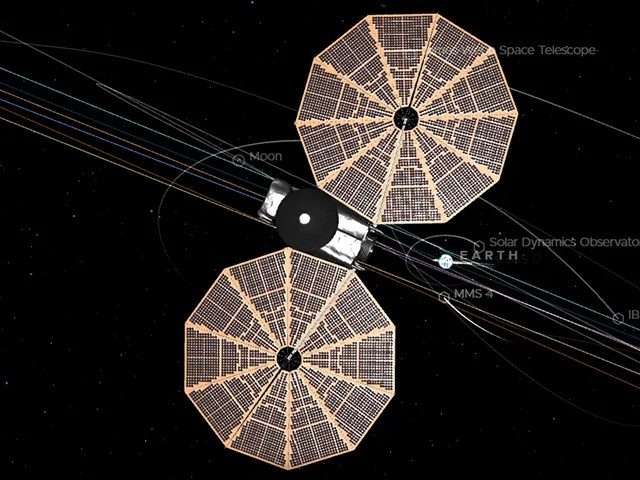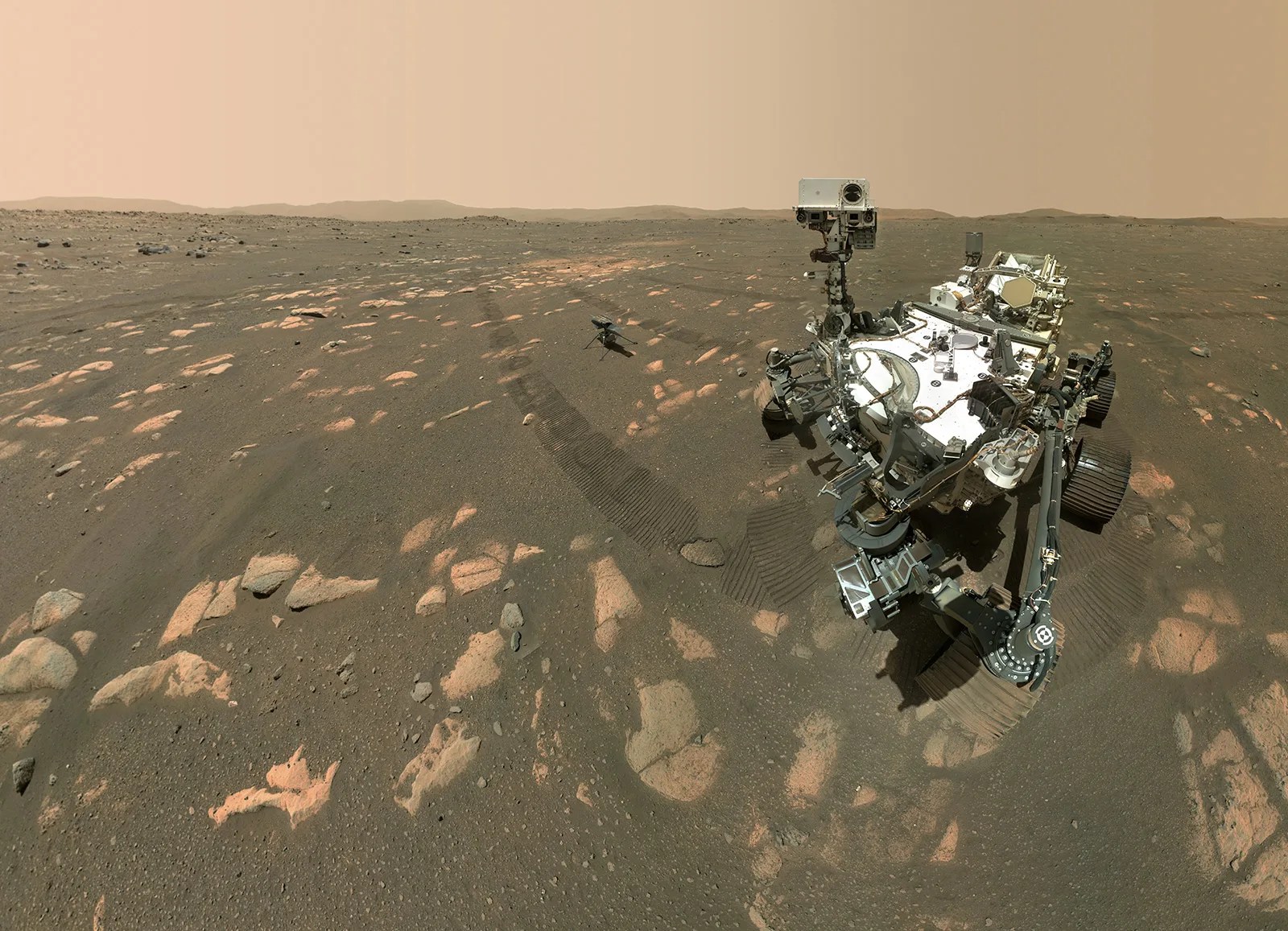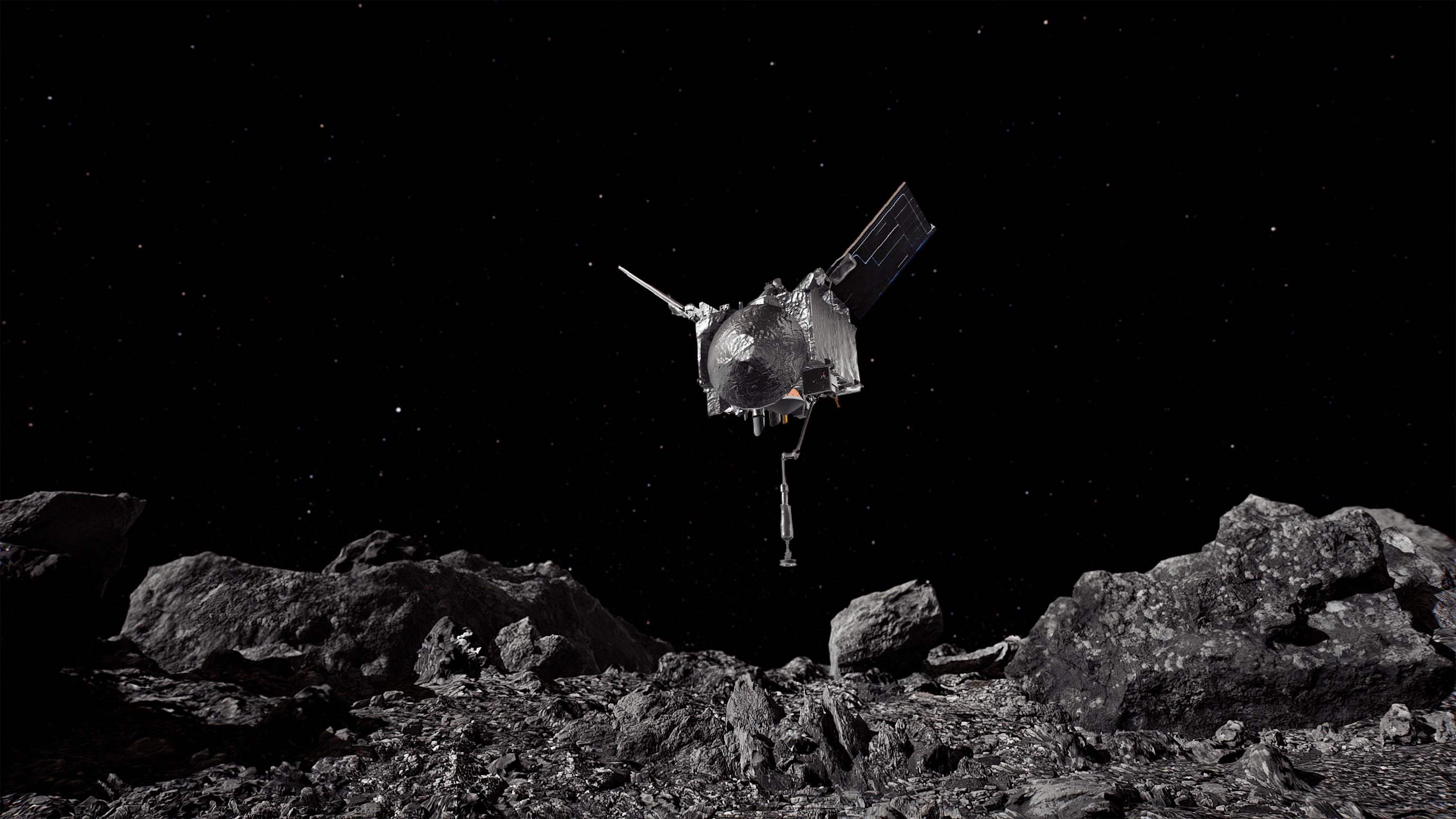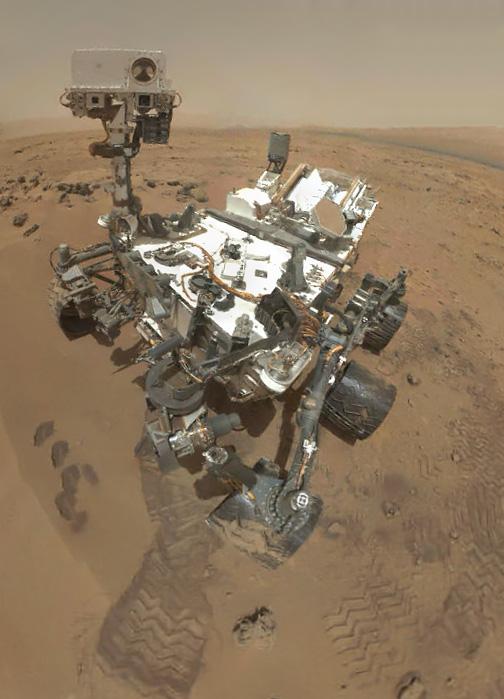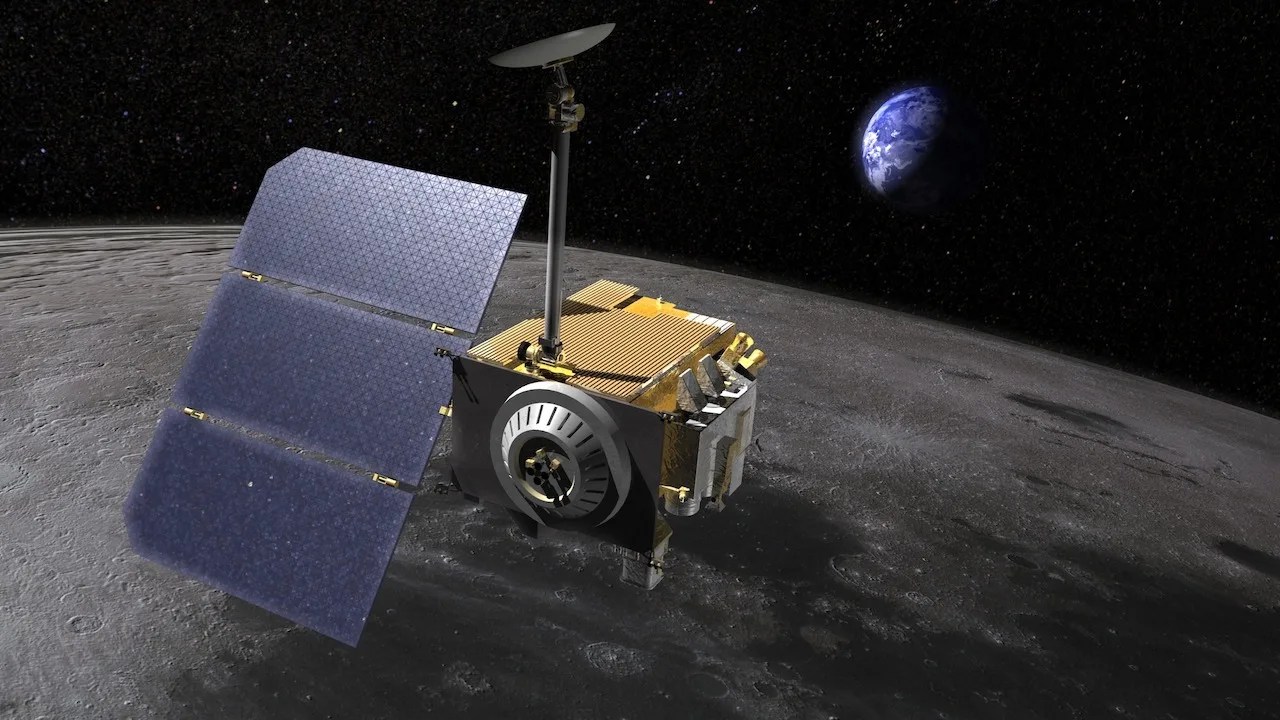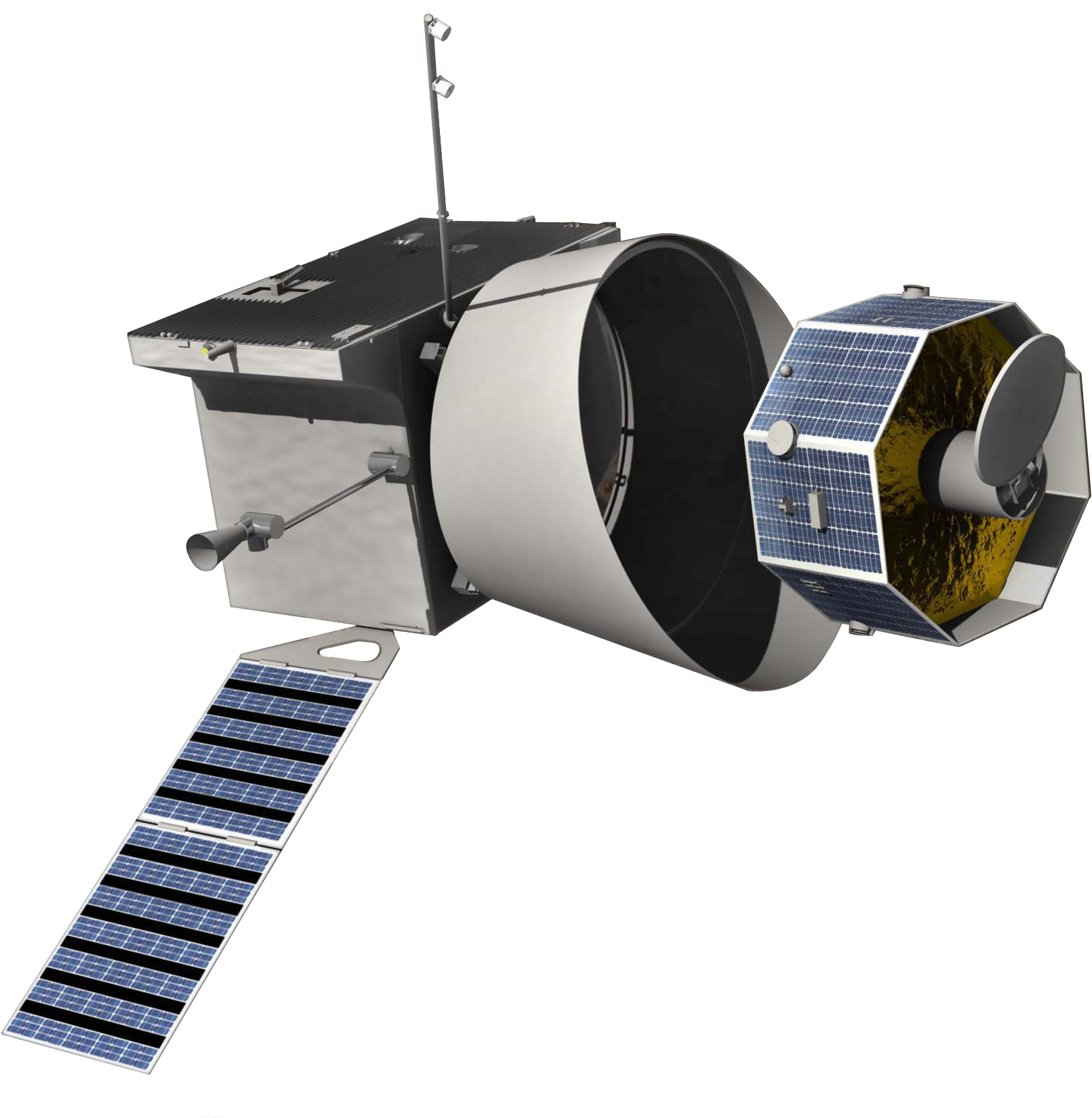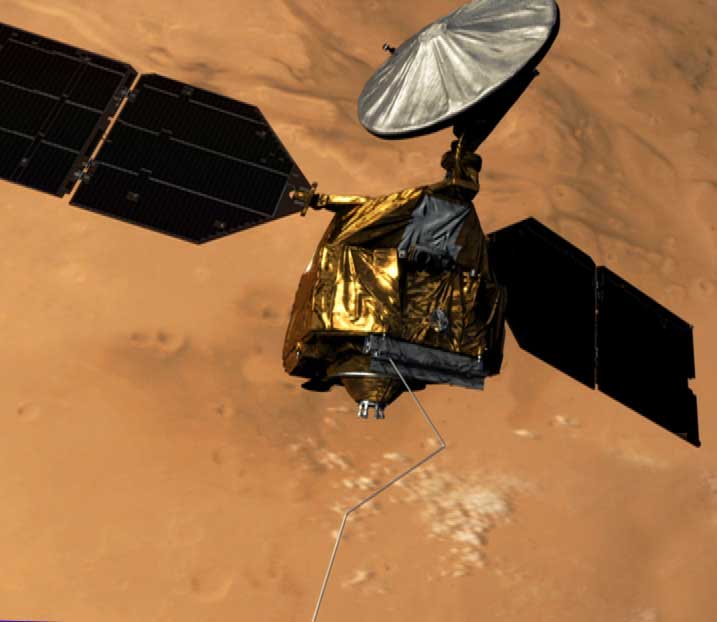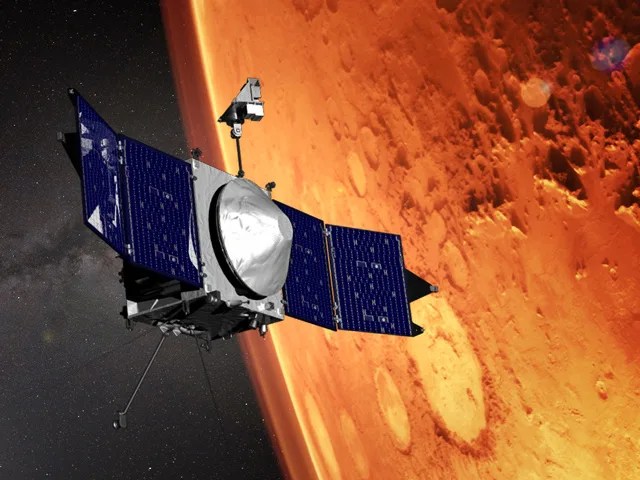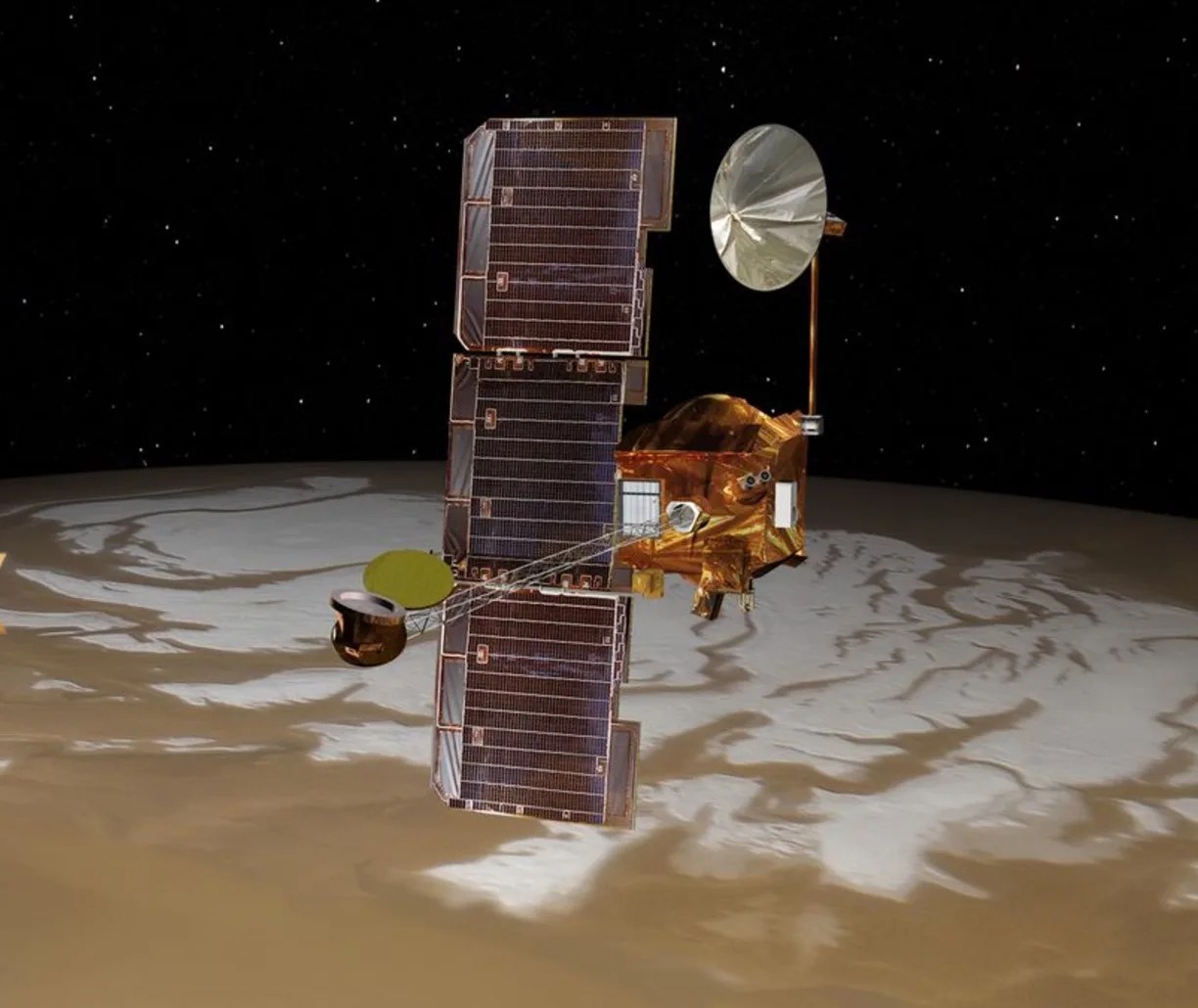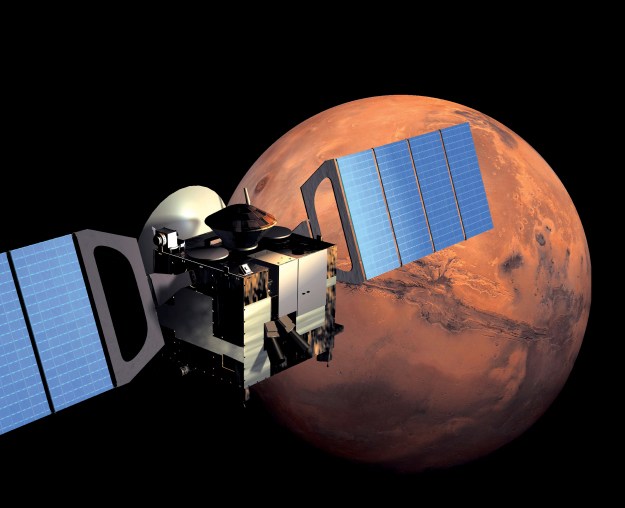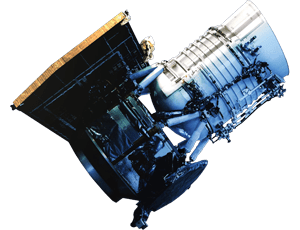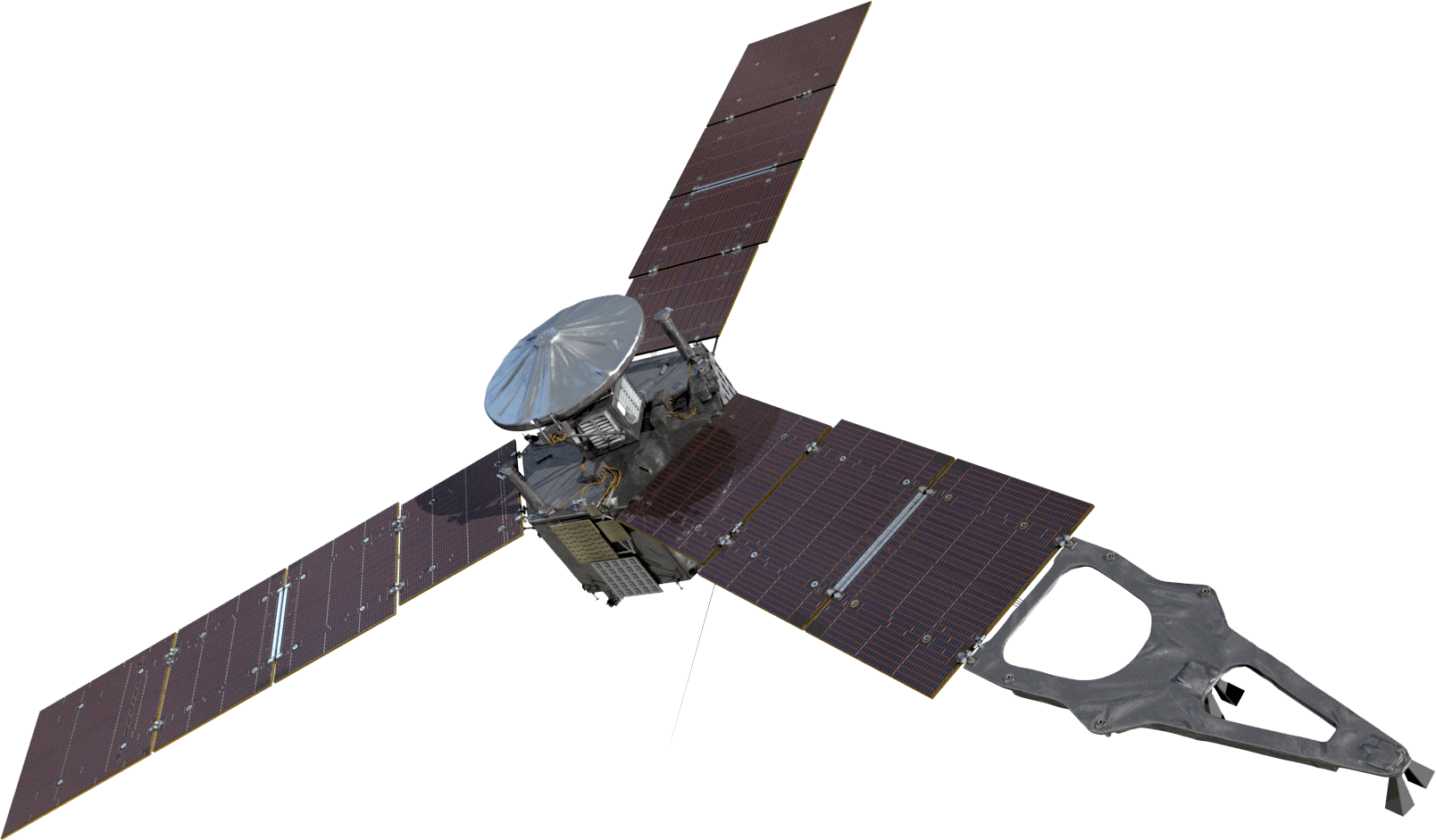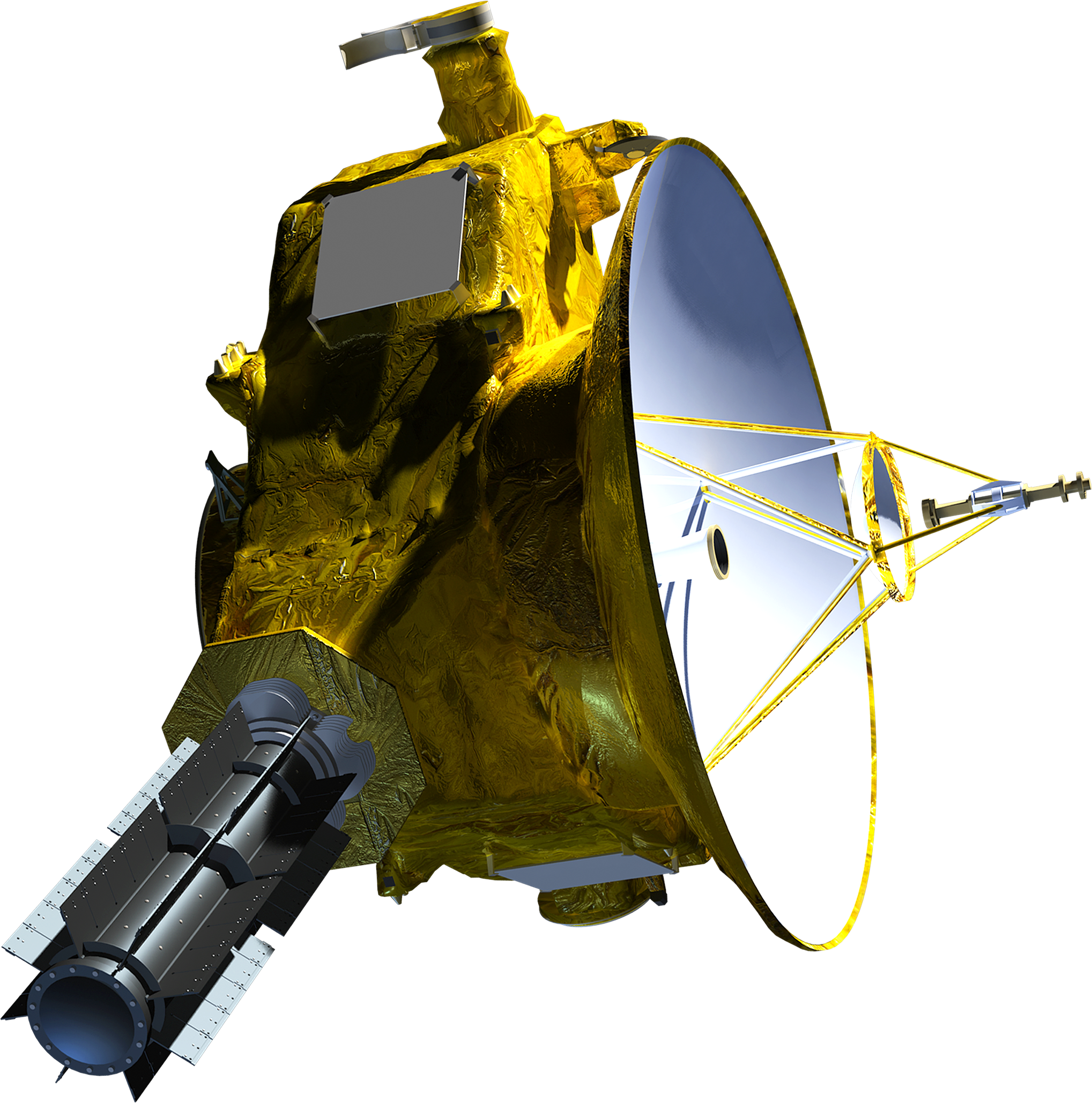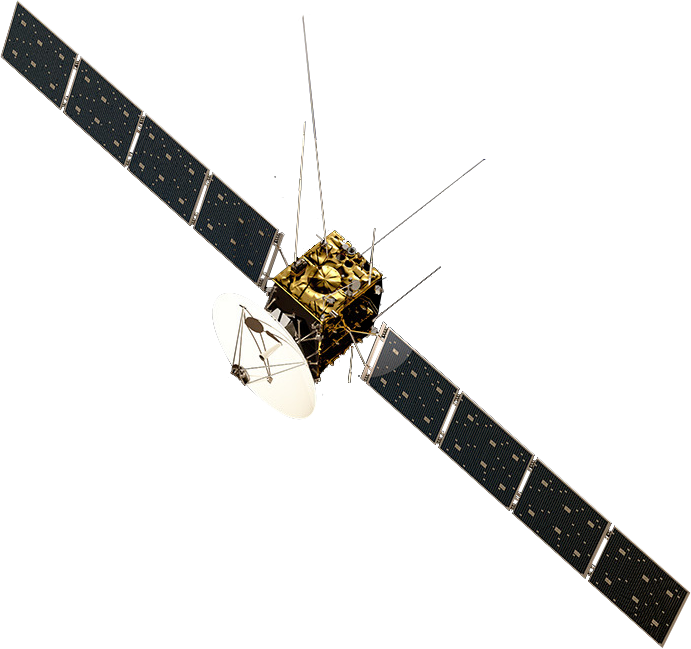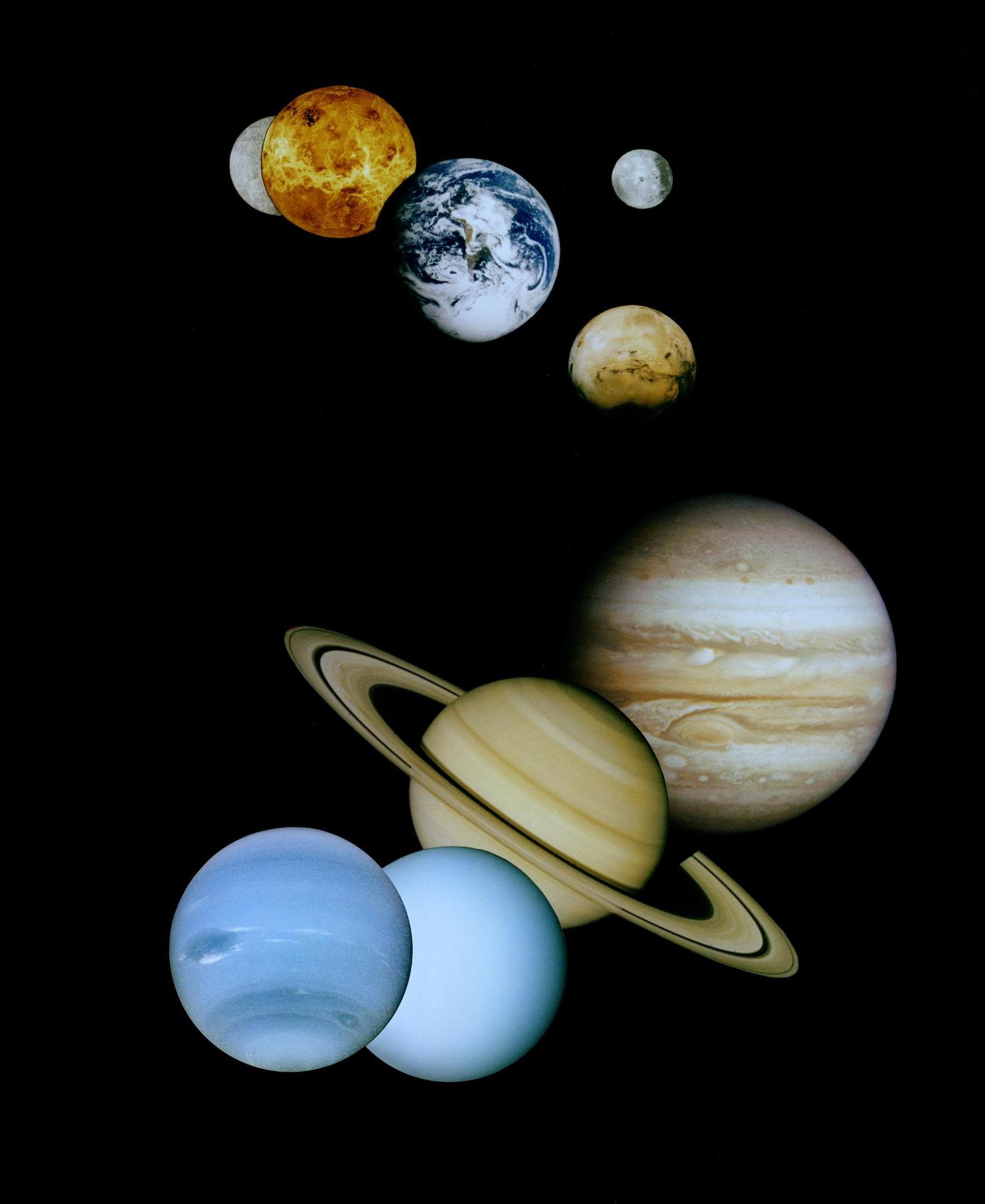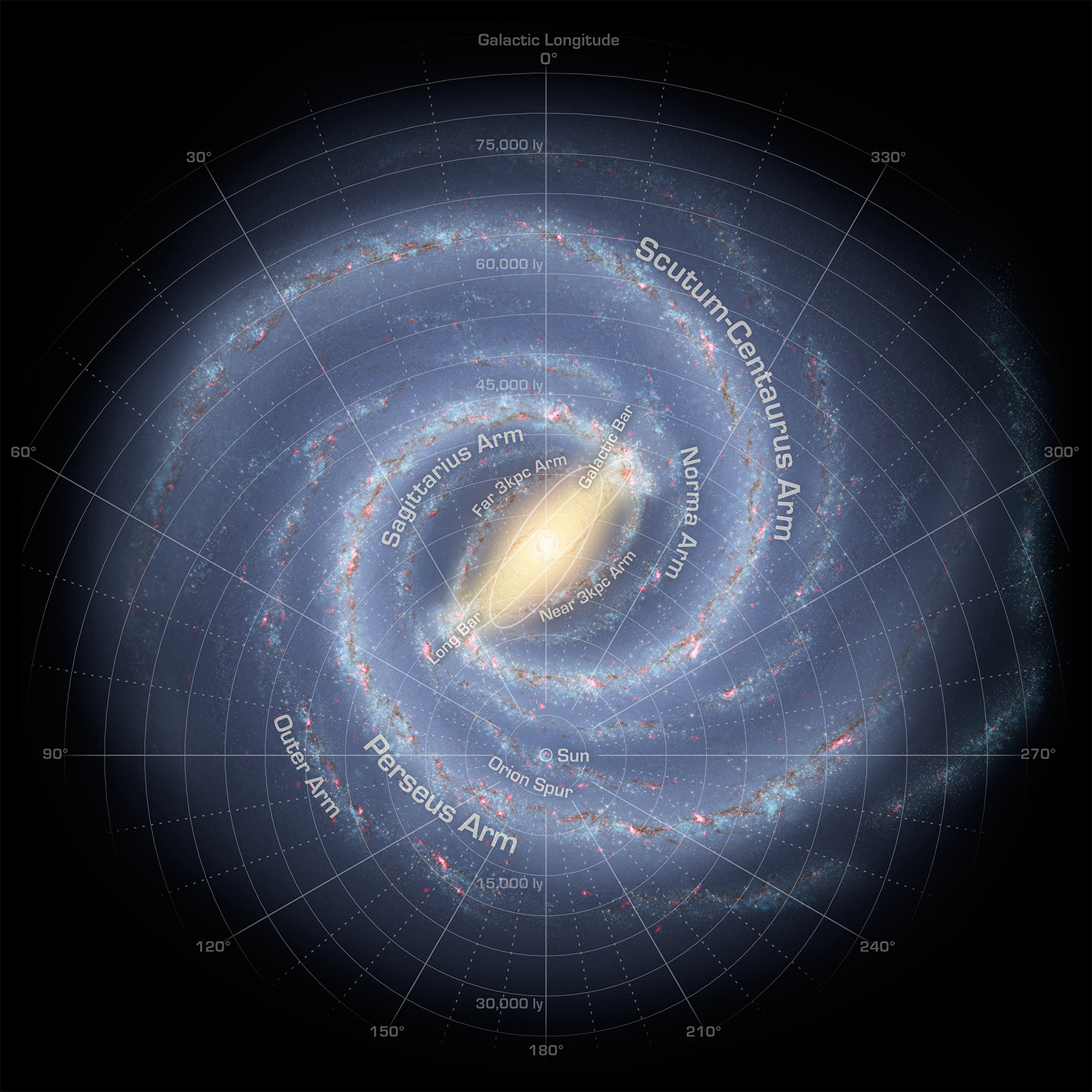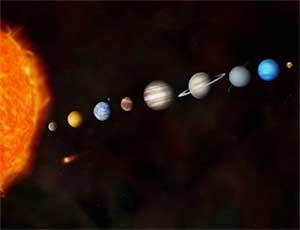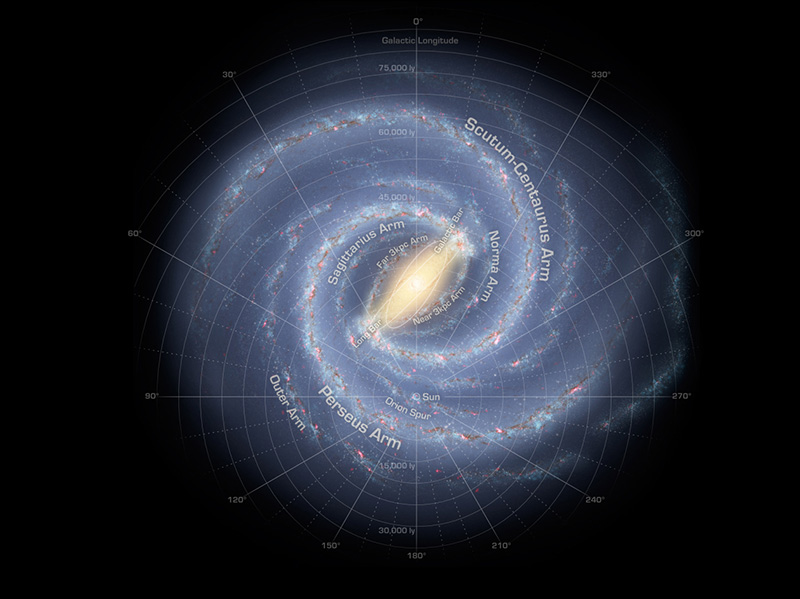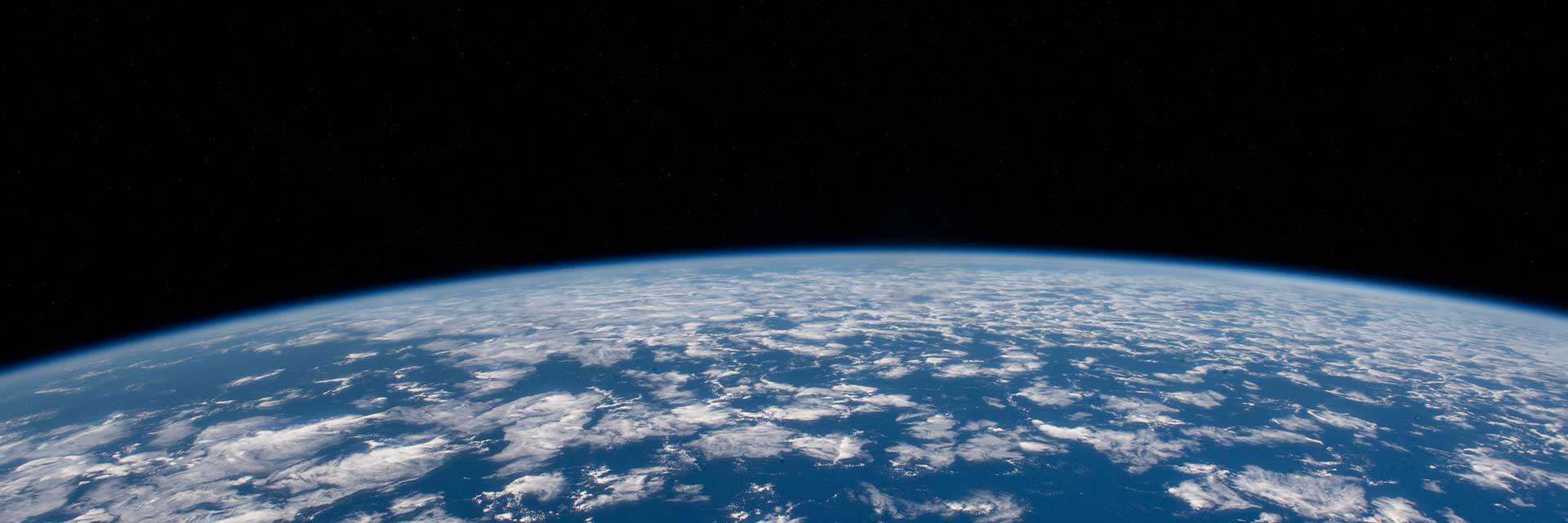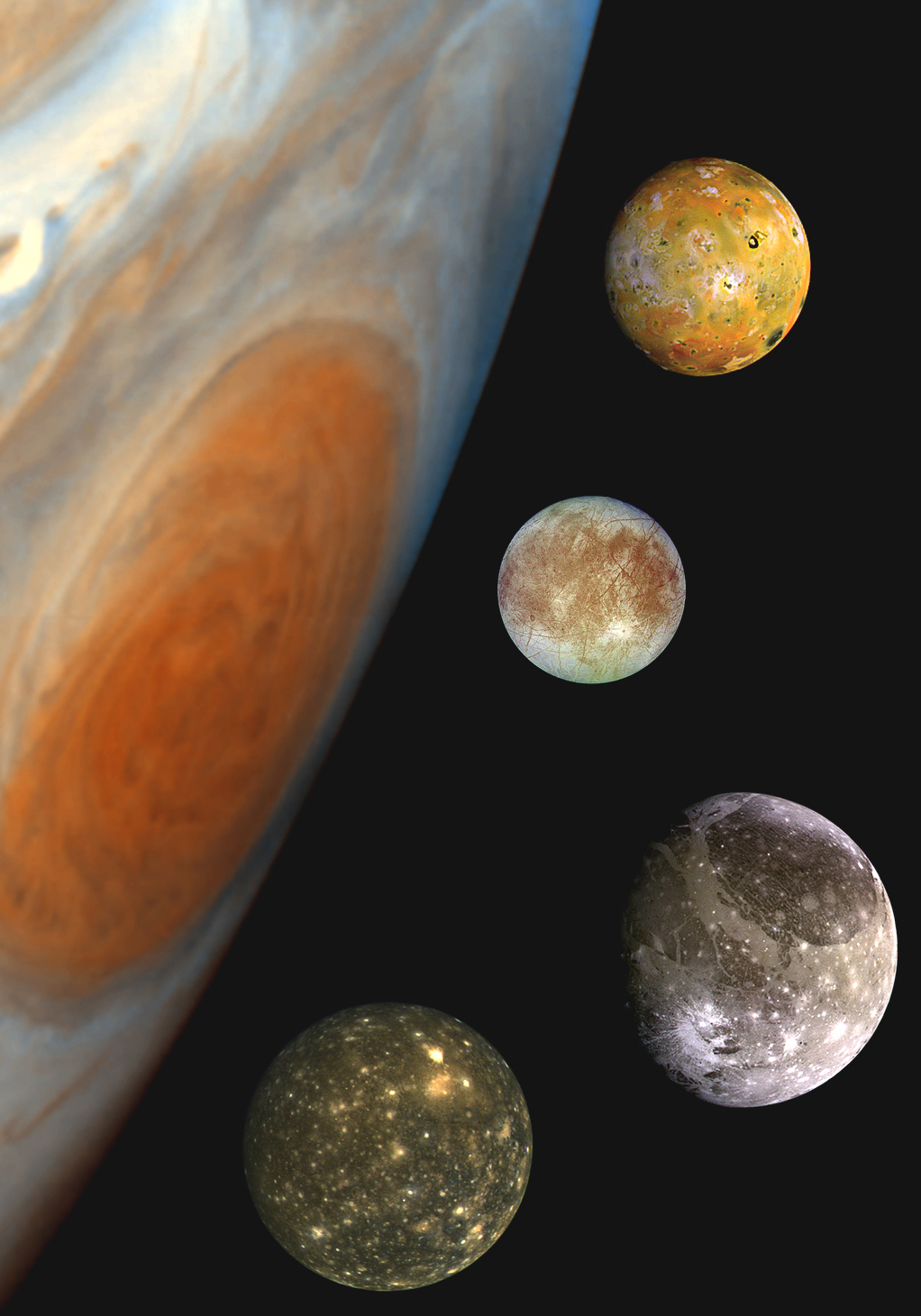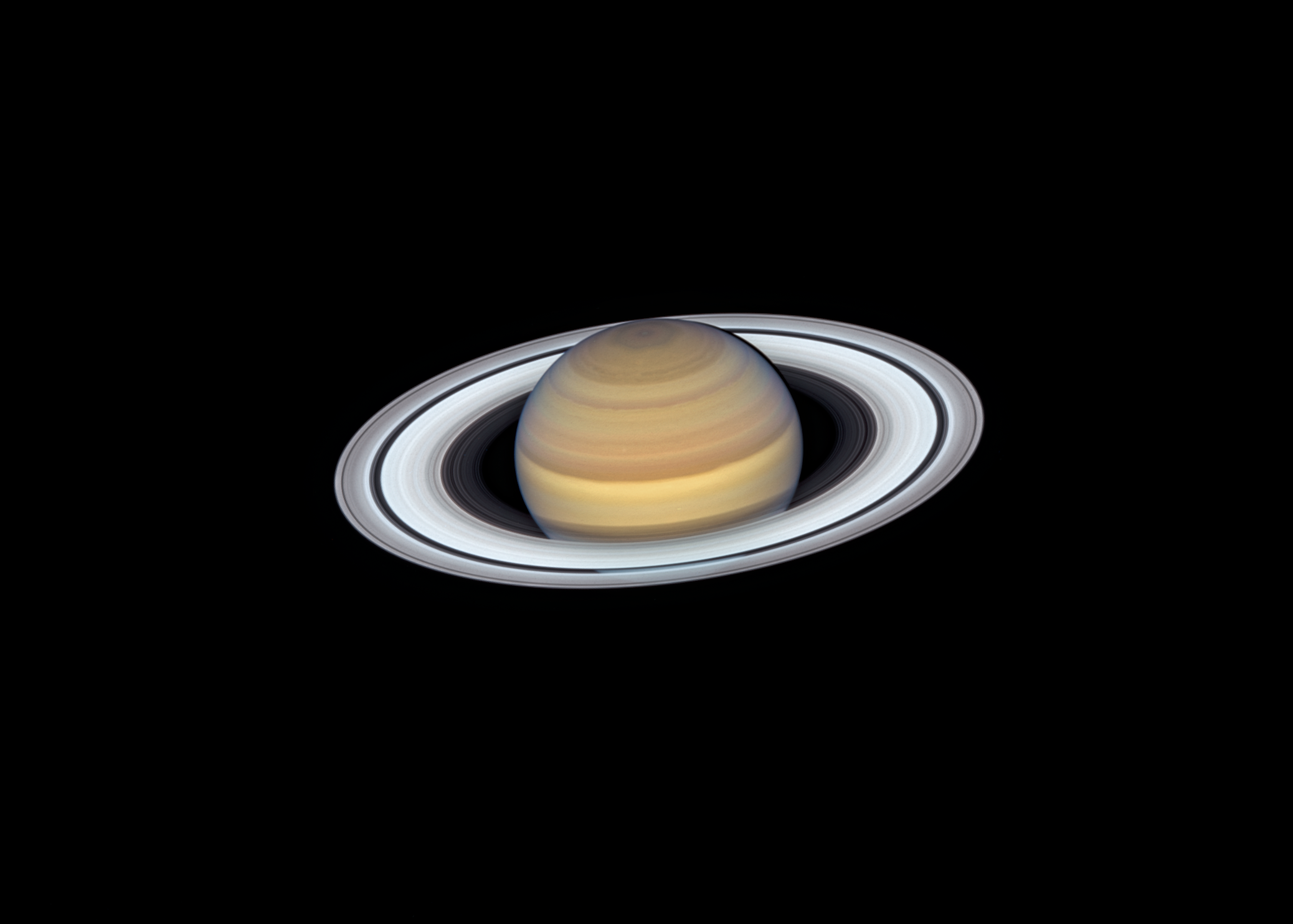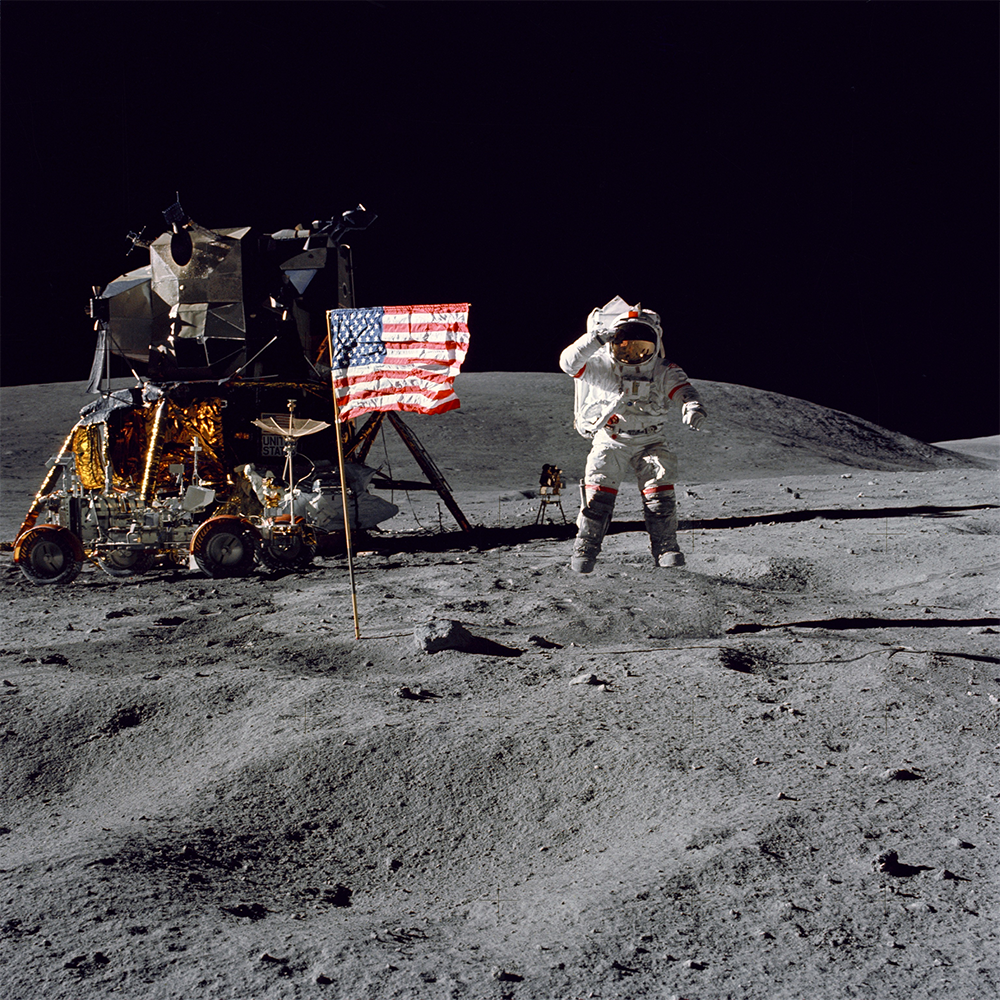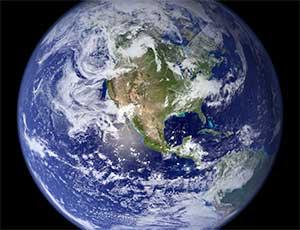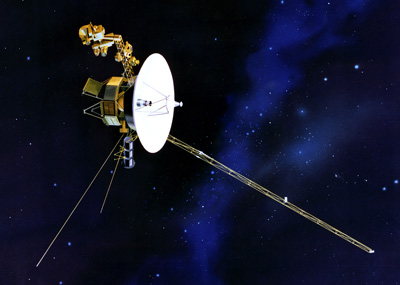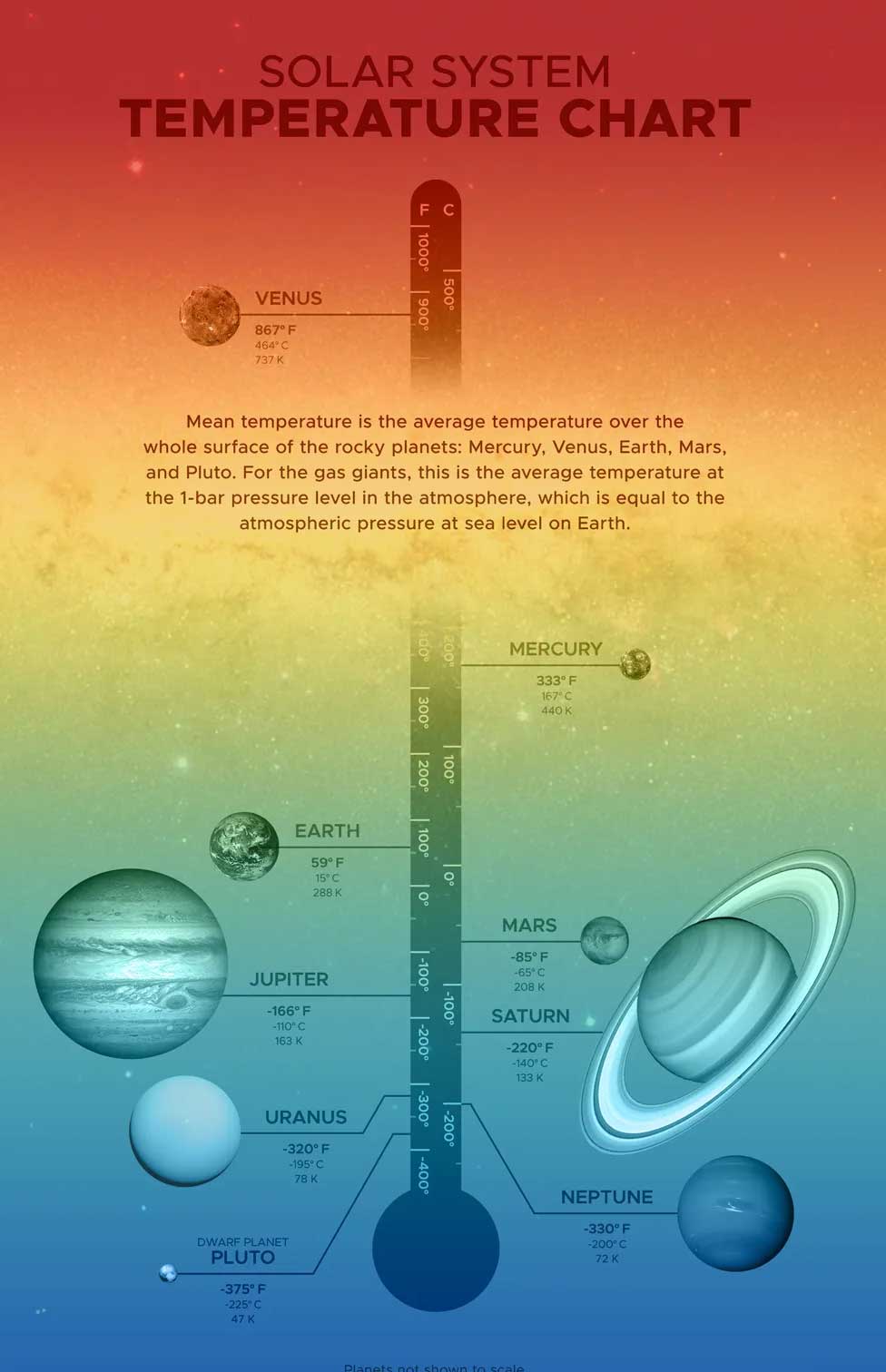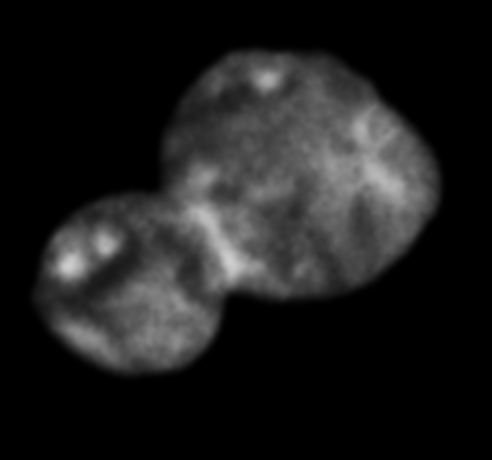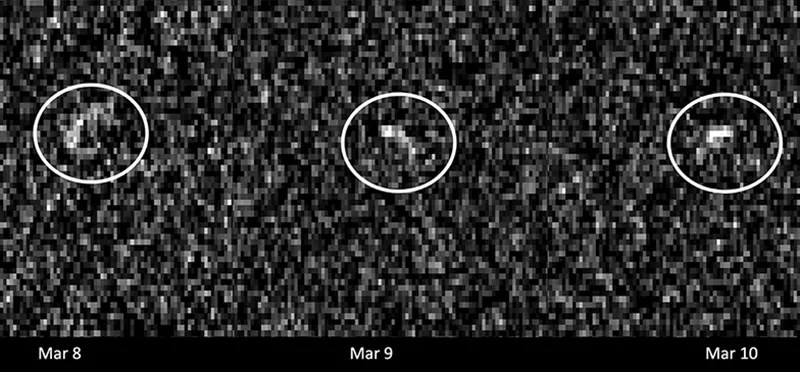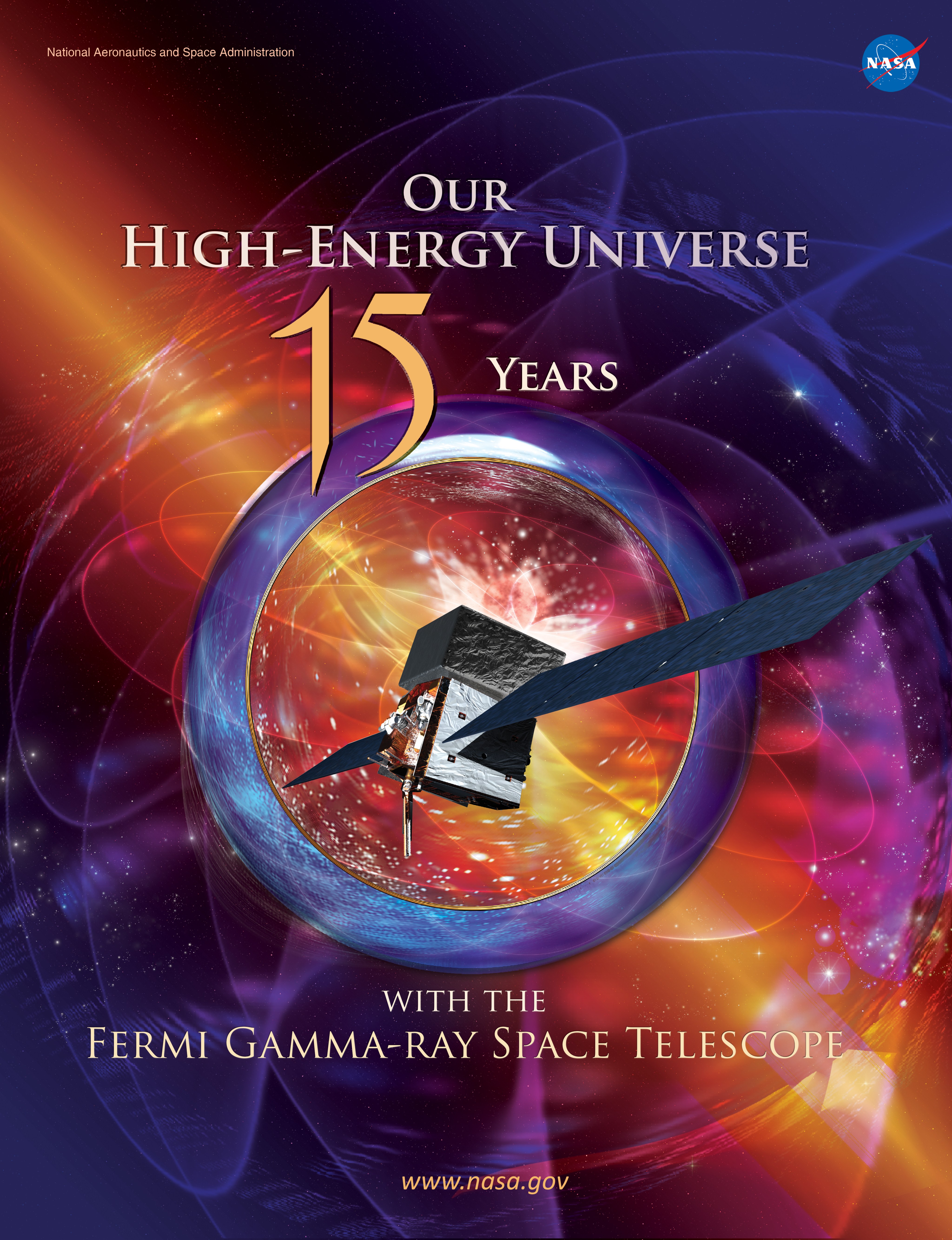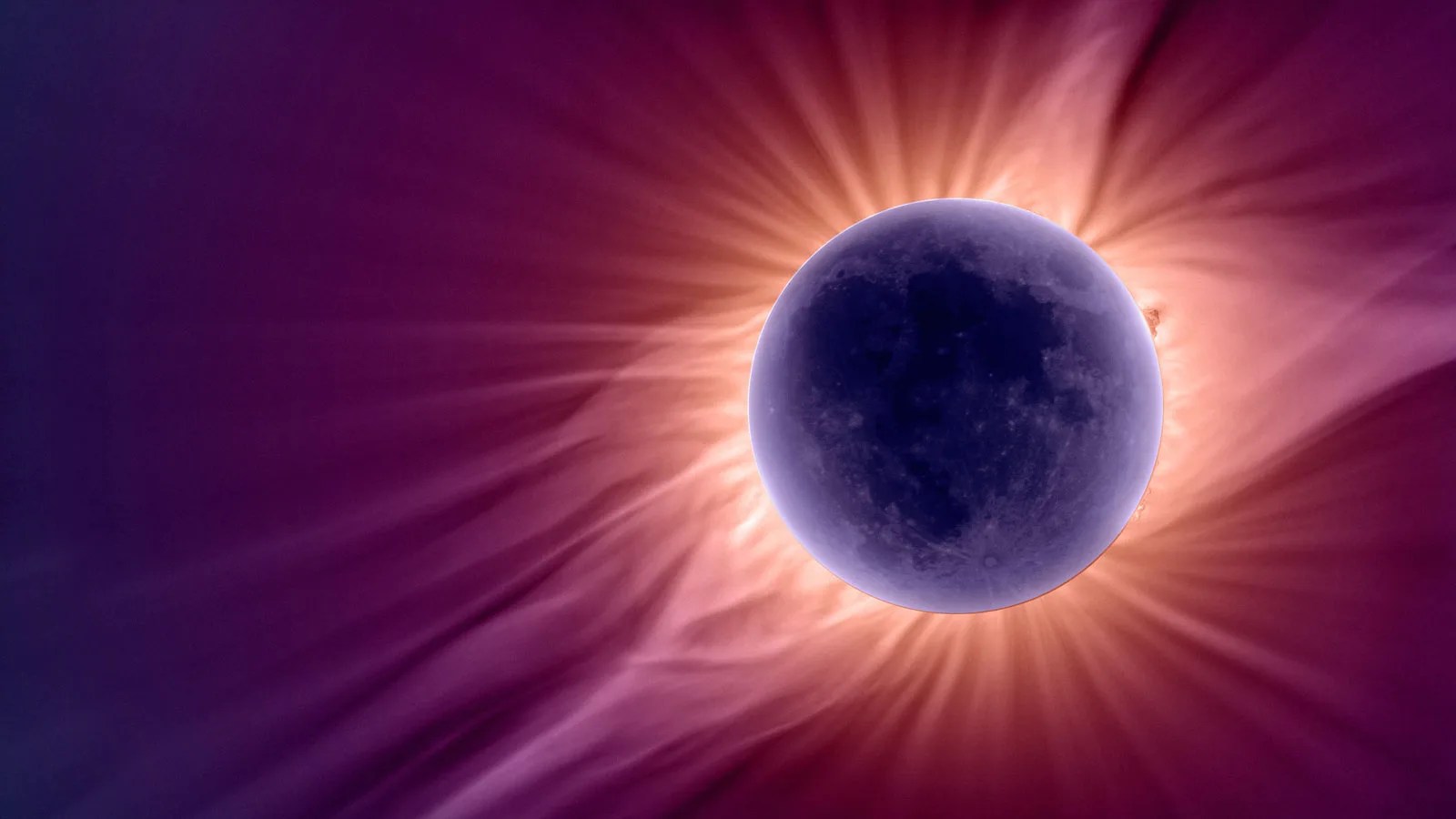Solar System Exploration
Join us as we explore our planetary neighborhood: The Sun, planets, moons, and millions of asteroids and comets.
featured missions
Solar System Overview
The solar system has one star, eight planets, five dwarf planets, at least 290 moons, more than 1.3 million asteroids, and about 3,900 comets. It is located in an outer spiral arm of the Milky Way galaxy called the Orion Arm, or Orion Spur. Our solar system orbits the center of the galaxy at about 515,000 mph (828,000 kph). It takes about 230 million years to complete one orbit around the galactic center.
We call it the solar system because it is made up of our star, the Sun, and everything bound to it by gravity – the planets Mercury, Venus, Earth, Mars, Jupiter, Saturn, Uranus, and Neptune; dwarf planets Pluto, Ceres, Makemake, Haumea, and Eris – along with hundreds of moons; and millions of asteroids, comets, and meteoroids.
10 THINGS about our solar system
When is the Next Full Moon?
Our detailed daily guide to the night sky includes full Moon lore, eclipses, asteroid flybys, and more.
Learn More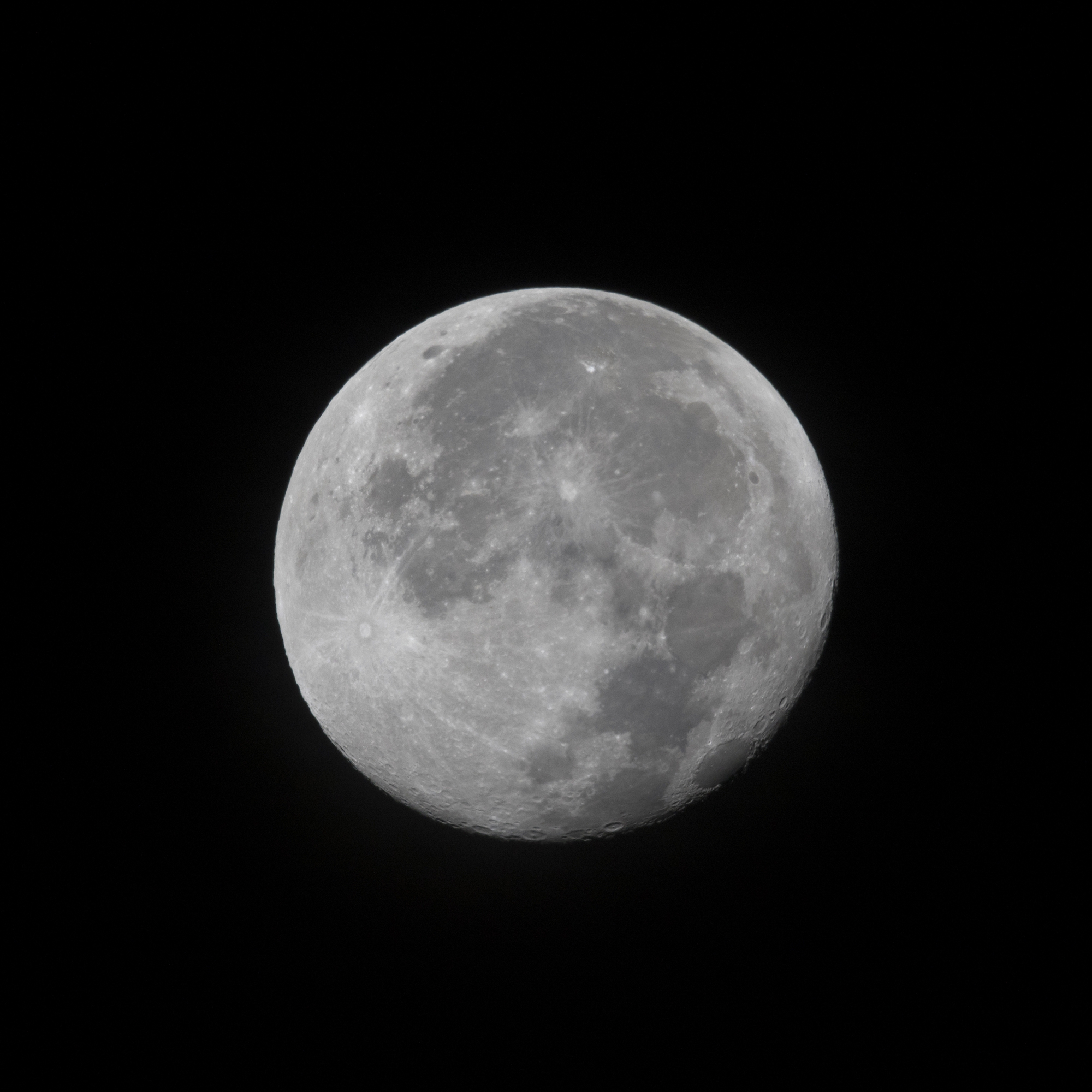
NASA's Eyes
Experience Earth, our solar system, nearby asteroids, the universe, and the spacecraft exploring them with immersive real-time 3D web-based apps. Start exploring your solar system now!
Explore Eyes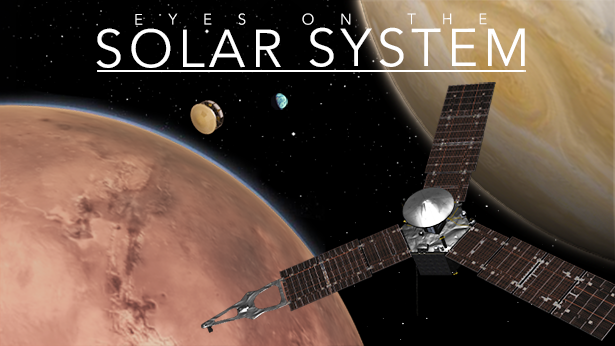
Latest News

Hubble Celebrates 34th Anniversary with a Look at the Little Dumbbell Nebula
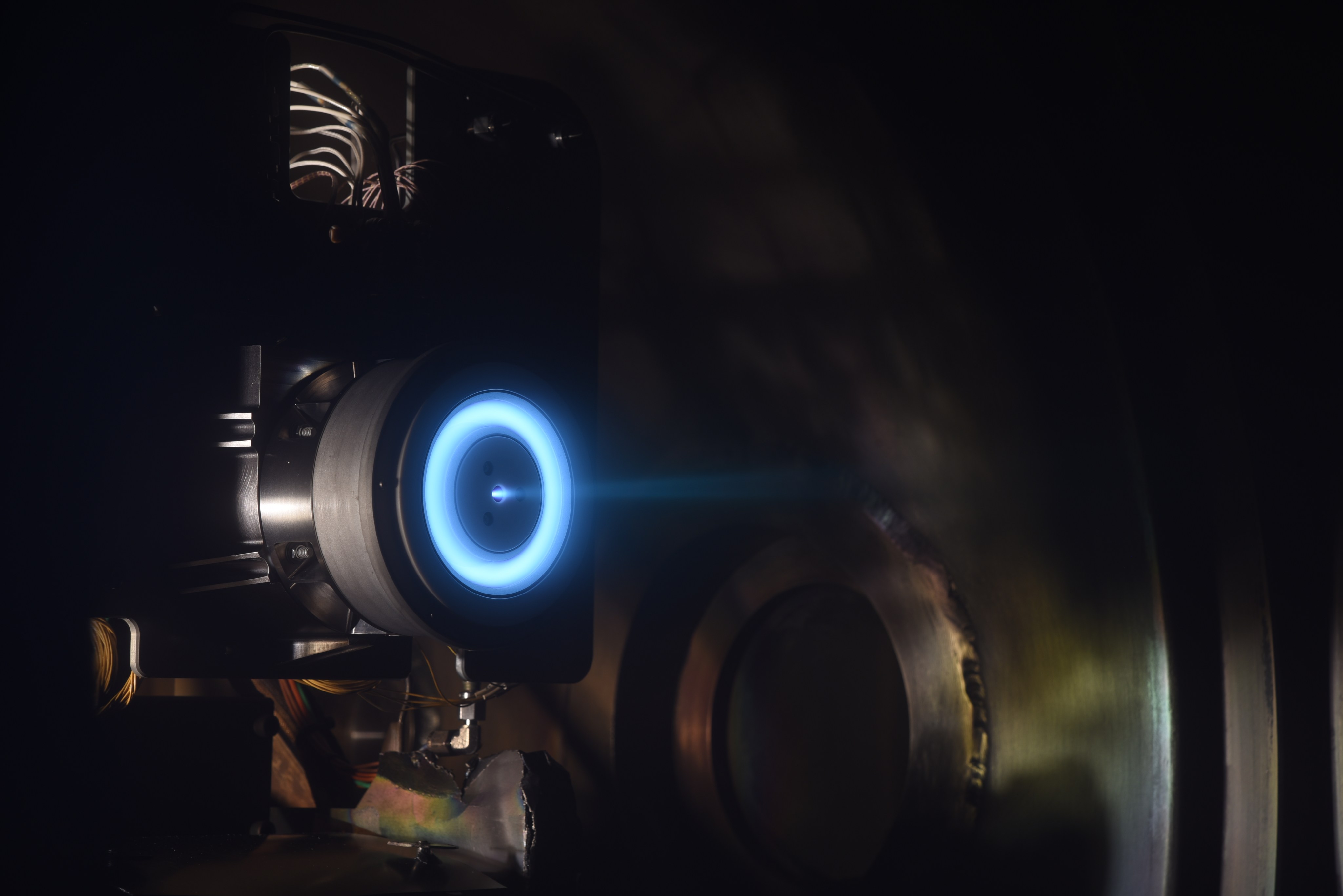
Pushing the Limits of Sub-Kilowatt Electric Propulsion Technology to Enable Planetary Exploration and Commercial Mission Concepts

Why is Methane Seeping on Mars? NASA Scientists Have New Ideas

NASA Selects New Aircraft-Driven Studies of Earth and Climate Change

